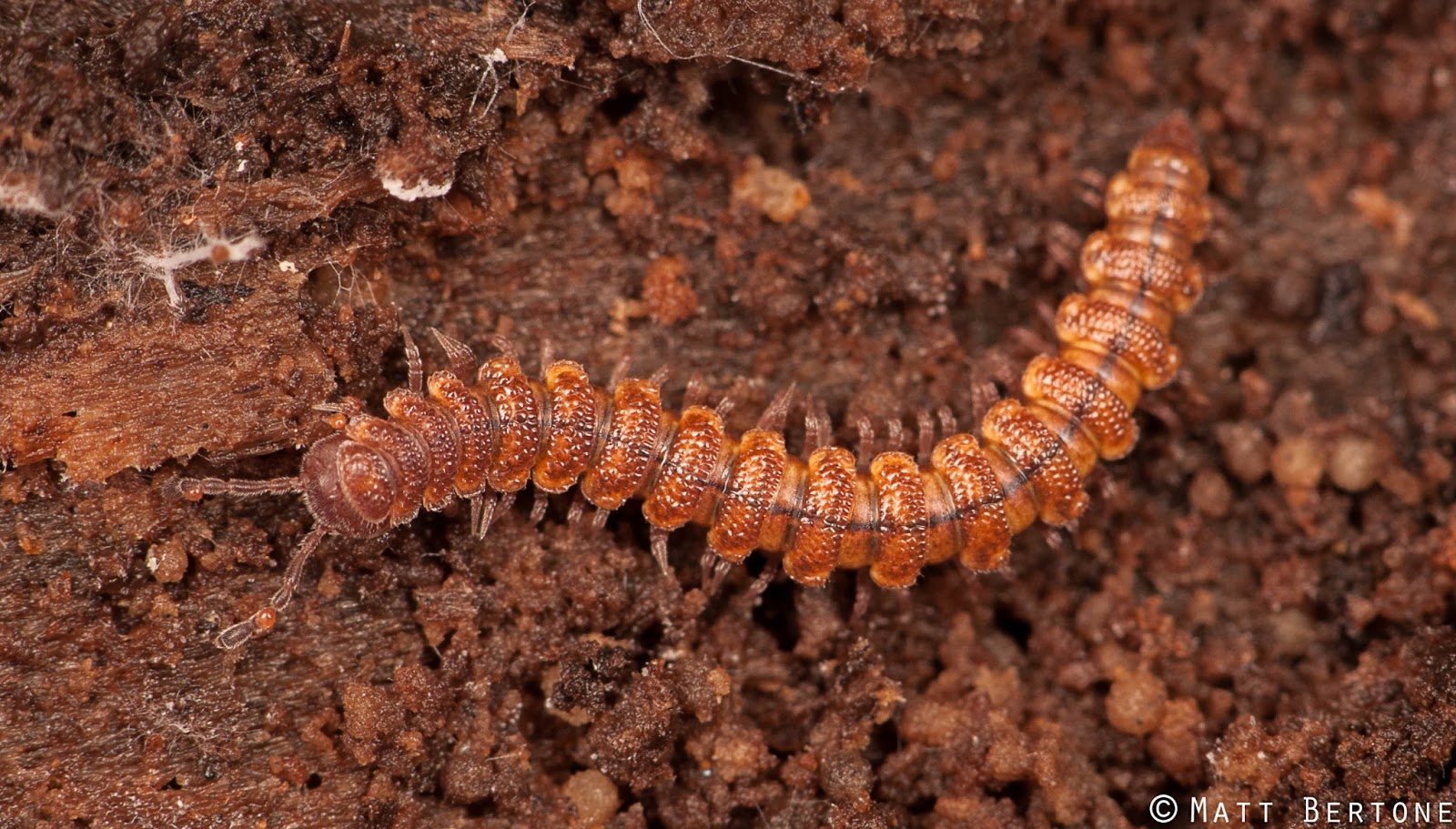27+ House Centipede Larva
House Centipede Larva. House centipedes are one specific species of centi pede known to become quite the nuisance—sometimes requiring professional treatment. Gallery of giant house centipede.

House centipedes are one specific species of centi pede known to become quite the nuisance—sometimes requiring professional treatment. When found in homes, house centipedes most often occur in moist cellars, damp closets, and bathrooms, where they feed on insects and spiders. Scutigera coleoptrata is carnivorous, eating worms, snails, cockroaches, silverfish, fly larvae, and other arthropods.
hygroscopic meaning guirlande lumineuse noel hansgrohe shower cartridge replacement instructions guide de chaine tronconneuse oregon
Larva or centipede? At first glance I though this was a
Females lay 35 or more eggs in damp soil during the spring or summer months. House pests such as these can be found hanging around your drains and pipes, and even in and on your ceilings. The house centipede may be even more alarming than other species of centipede. If you've got one of these wasps around, odds are good you'll see the other one nearby.

Fully mature adults have 15 pairs. Eggs hatch into larvae with four pairs of legs. Each larva molts 5 or more times, with the number of legs increasing with each. House centipedes feed on small insects, insect larvae, and on spiders. Technically, the house centipede could bite, but it is considered harmless to people.

Centipede larva's item drop, stats, hit, flee, range, speed, race, element, size, base exp, job exp, hp and sp. House pests such as these can be found hanging around your drains and pipes, and even in and on your ceilings. Technically, the house centipede could bite, but it is considered harmless to people. More legs develop as they go through.

House centipedes feed on small insects, insect larvae, and on spiders. House centipedes live, mate, and lay eggs in dark, moist cracks and crevices. A female may lay anywhere from 35 to over a hundred eggs, but does not guard or provide for them. Scutigera coleoptrata is carnivorous, eating worms, snails, cockroaches, silverfish, fly larvae, and other arthropods. House centipedes.

Larvae hatch from the eggs and have four pairs of legs when born. Larvae hatch with four pairs of legs and get increasingly more as they mature, up to 15 pairs at maturity. House centipedes feed on small insects, insect larvae, and on spiders. It is the only centipede commonly found in human dwellings. More legs develop as they go.

Eggs hatch into larvae with four pairs of legs. Fully mature adults have 15 pairs. It is the only centipede commonly found in human dwellings. Centipede larva's item drop, stats, hit, flee, range, speed, race, element, size, base exp, job exp, hp and sp. Larvae hatch from the eggs and have four pairs of legs when born.

House centipedes feed on small insects, insect larvae, and on spiders. When found in homes, house centipedes most often occur in moist cellars, damp closets, and bathrooms, where they feed on insects and spiders. If you've got one of these wasps around, odds are good you'll see the other one nearby. House centipedes complete three phases in their life cycle..

Fully mature adults have 15 pairs. Centipede larva's item drop, stats, hit, flee, range, speed, race, element, size, base exp, job exp, hp and sp. If you've got one of these wasps around, odds are good you'll see the other one nearby. House pests such as these can be found hanging around your drains and pipes, and even in and.

The house centipede may be even more alarming than other species of centipede. There are so many potential house pests, that it would be tough to list them all here. It senses its prey using its antennae which have scent and touch receptors on them. Larvae hatch with four pairs of legs and get increasingly more as they mature, up.

Technically, the house centipede could bite, but it is considered harmless to people. Eggs hatch into larvae with four pairs of legs. House centipedes feed on small insects, insect larvae, and on spiders. House centipedes complete three phases in their life cycle. Technically, the house centipede could bite, but it is considered harmless to people.